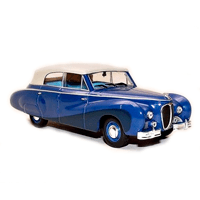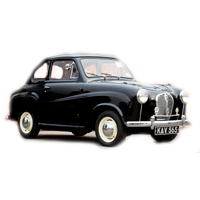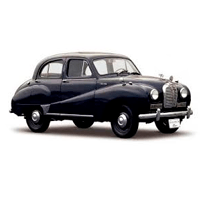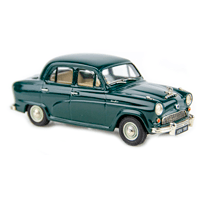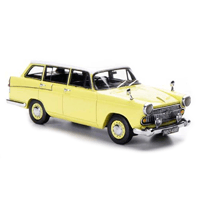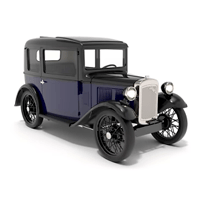
Catalog / Austin
Austin: British Automotive Legacy and Price Analysis
Austin Motor Company, a cornerstone of British automotive history, was founded in 1905 by Herbert Austin in Longbridge, Birmingham. The company quickly established itself as a pioneering force in the UK's car industry, known for its innovative designs and affordable vehicles.
One of Austin's most significant contributions to automotive history was the Austin 7, introduced in 1922. This small, economical car revolutionized the market, making car ownership accessible to a broader range of people. The Austin 7's influence extended beyond Britain, with licensed versions produced in countries like Germany (as the first BMW) and Japan (as the first Datsun).
During World War II, Austin played a crucial role in the war effort, producing aircraft and military vehicles. After the war, the company continued to innovate, introducing popular models like the Austin A30 and A35 in the 1950s.
In 1952, Austin merged with Morris Motors to form the British Motor Corporation (BMC), which later became part of British Leyland. This period saw the birth of iconic models like the Austin-Healey sports cars and the revolutionary Mini, launched in 1959 under both Austin and Morris brands.
The 1960s and 1970s brought challenges for Austin, as part of the struggling British Leyland. However, models like the Austin Allegro and Austin Metro continued to be popular in the UK market. The Metro, in particular, was seen as a modern successor to the Mini and helped revitalize the brand in the 1980s.
Austin's legacy lives on in many ways. The Longbridge plant, Austin's historic home, continued producing cars under various owners until 2016. The Austin name was last used on production cars in 1987, but its influence is still felt in the modern Mini brand, now owned by BMW, and in the enduring popularity of classic Austin models among car enthusiasts.
Interesting fact: The Austin logo, featuring the word 'Austin' surrounded by a pair of wings, symbolized the company's early involvement in aircraft production and its aspirations for speed and innovation in the automotive world.
Today, while Austin cars are no longer in production, they remain an important part of automotive history. Classic Austin models are highly prized by collectors and enthusiasts, keeping the spirit of this pioneering British brand alive.

